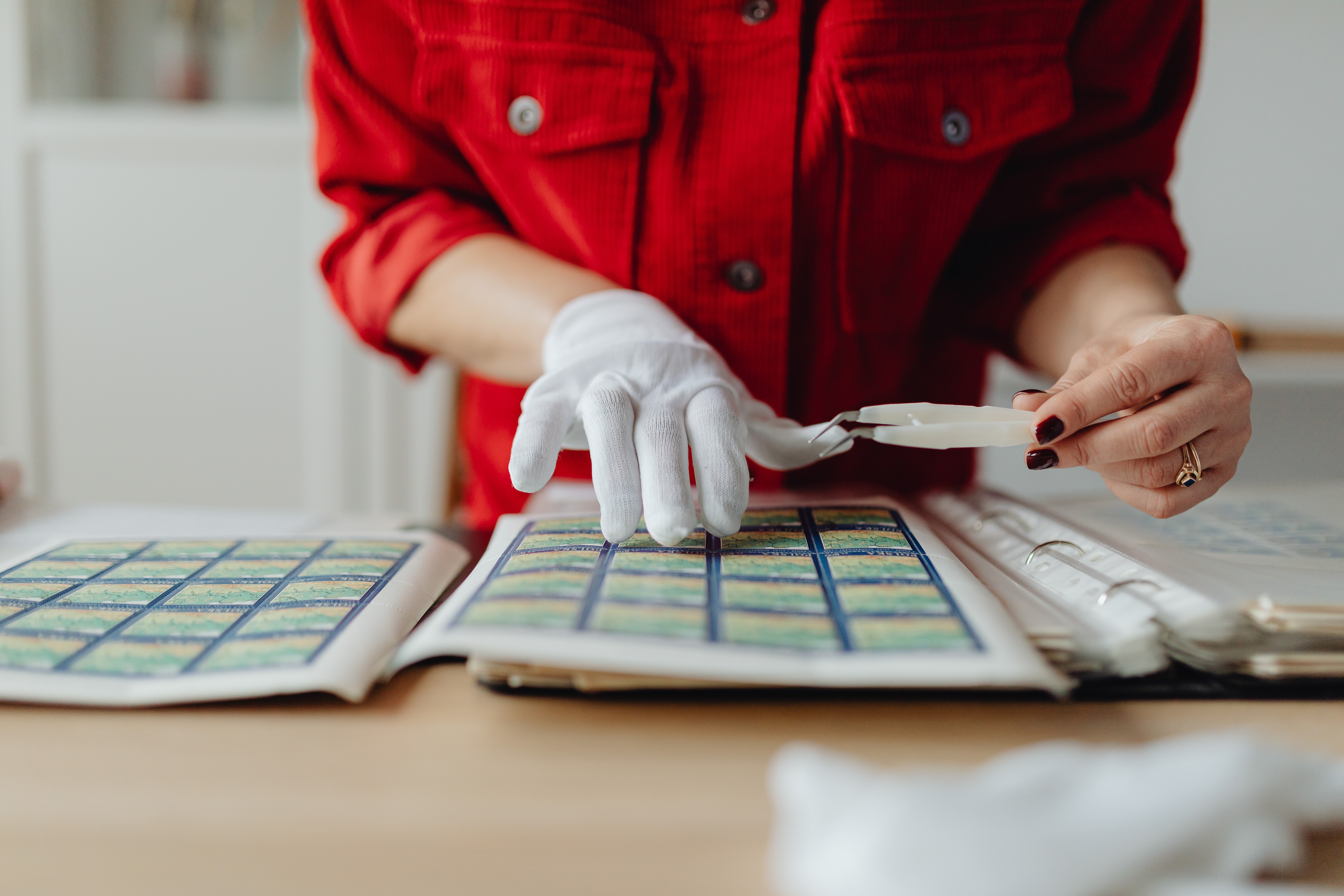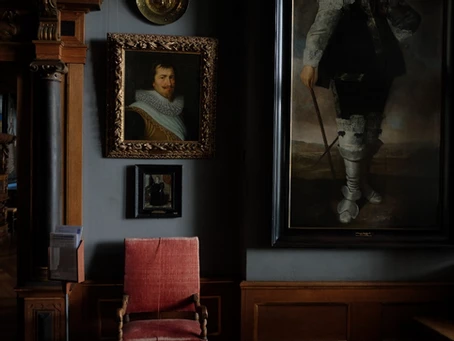Your guests love the beautiful art on the wall of your home. You do too, however, you know there will be certain art pieces that will have your attention which would eventually replace the original. Regardless of whether you are a budding collector or a gallery enthusiast, art maintenance is the key to keep the art in its valuable, pristine condition. However, there could be other antiques, paintings, sculptures, sketches, and other collectibles that cannot be simply accumulated in your home. This implies especially if one has a small living space. Either way, with time, you are going to consider collecting other artworks which would call for storing them. Otherwise, they will get damaged.
Special Collections Care Tips :
What are the Right Places for Storing Art?
There is no one ideal place to store art. Different artworks require different preparations, settings, and environments. The first step would be to choose the right premises artwork storage. Yes, any room can be converted into a storeroom but you will have to make arrangements to make it suitable for your artwork to remain in its original condition.
The most essential factor that plays a pivotal role in art storage is to prepare a room that is absolutely isolated from the outside world. The room should be closed at all times and there should be zero human traffic and natural interferences like weather, sounds, temperature changes, structural damages, and other natural factors like sunlight, etc.
One can also turn a walk-in closet or an office into an art storage space but then again you must be careful that the room is not attached or adjacent to a space that is supposedly too “active”. You are highly mistaken if these suggestions make you think of attics or basements because they are not properly insulated or equipped with climate control technology.
Another factor that you must consider while converting a room into an art storage room is to check for open air vents and broken windows. The first thing possibly that you must consider is to hire a handyman or consult an art specialist to inspect your potential artwork storage facility. A mild stench or speck of dust are indications of mold which wouldn’t work in your favor in the long run. Get the room treated before using it.
What are the Ideal Conditions for Art Storage?
Artworks and antiques have stood the test of time and have survived eras and years and remained unfazed by external conditions even though they were never kept in climate-controlled rooms, to begin with. Technically they have all existed or pre-existed in times with no air conditioning or proper ventilation so why are we intrigued by storage solutions?
The answer is simple, times have changed and evolved. The way of the world is not similar to what it was fifteen years ago. Natural Environmental conditions have altered for the worse and would reflect on precious antiques. It is all the more applicable to modern art. For instance, one has to work with caution when it comes to wax-based paints as they could start dripping all over your furniture if there is a slight change in thermostat controls.
Temperature
The ideal temperature to store artwork ranges from 70 to 75°F. This includes most art pieces and antiques. Fluctuating or extreme temperatures would only lead to cracks, chips, and mold growth. If you cannot arrange a room with a steady temperature you must go for climate-controlled storage units.
Light
No, this is not about light fixtures and ceiling lights. It’s the harmful and invisible radiation of UV rays that could damage the art. Regardless of the material or object, you must keep all your antiques and collectibles away from direct sunlight. If there happens to be a window in the room, make sure to use UV filtering agents that would minimize UV exposure. Instead of using glass as picture frames, Acrylite or Plexiglas can be used to filter UV radiation.
Humidity
An artwork is composed of various materials and there are several different types of agents in the air that could have them respond accordingly. However, the average recommended humidity for art storage ranges from 40-50%. All in all, the aim should be to stabilize humidity without fail. Installing a smart thermostat, sensor, or home assistant would keep the humidity constant and alert you, in case of any fluctuation.
What Are the Ground Rules for Artwork Storage?
· Always wear cotton gloves or latex ones when handling artwork.· Use Ph neutral slip-sheets to separate paper artwork while stacking them.· Fresh oil paintings must not be stored immediately. They could take more than a year to dry. · Framed and stretched artwork must be stacked on racks with gaps for air to flow freely. In this case, a little sunlight sometimes would avert the possibilities of mold and fungus development. · Wooden drawers are not recommended to store artwork since wood itself is vulnerable to insects and other pests. · Always use a microfibre cloth to gently clean the artwork occasionally. This will enable the extension of its lifespan. · Examine the artwork regularly for signs of pests and infestation.
A word to the wise, despite following all the tips and precautions, there is always room for damage due to unexpected problems. Therefore, it is important to keep a check on museum Art collections care tips regularly despite creating favorable and probably the best conditions for your art.



